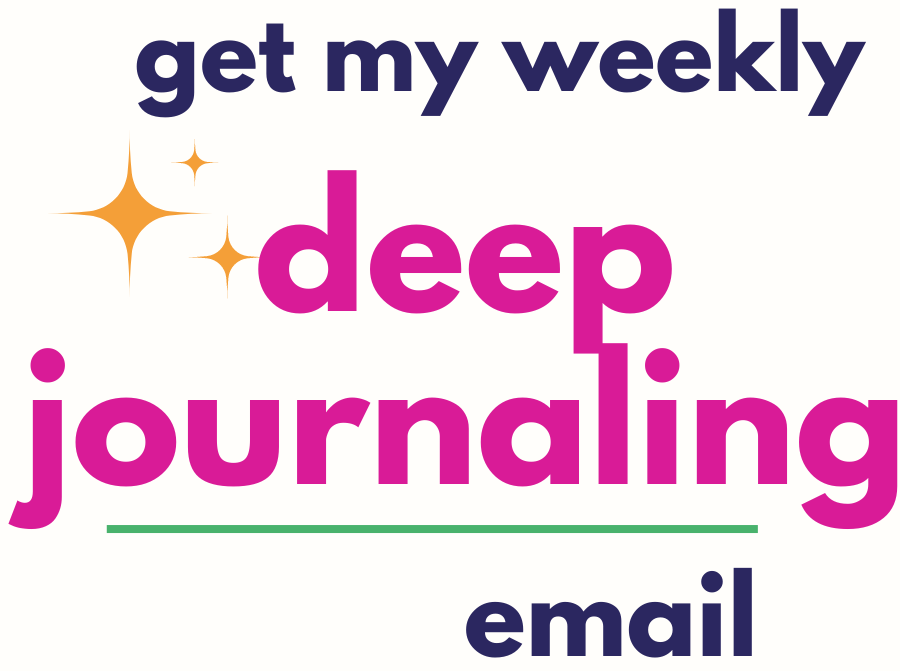An ideal time to write, comfortable digs, a great pen, and endless sheets of fabulous paper can make journaling more enjoyable. But if you think you can’t start journaling right this minute because you lack the right tools, you’re kidding yourself.
One of the most attractive elements of journaling is its simplicity. Journal writing has virtually no barriers to entry; if you can hold a pen, you can keep a journal. It’s open to all: young and old, rich and poor, homebodies and wanderers.
You can buy a composition book for a buck at any drug store. You only need twenty minutes a day, the same amount of time you’ll spend watching commercials during the evening news. And the most complicated piece of equipment required is a ballpoint pen. If you can’t figure out how to work one of those, use a pencil.
I chuckle to myself when I hear starry-eyed dreamers breathlessly declare, “I want to be a writer.” As though putting words on paper is like climbing Kilimanjaro or winning the lottery; not something attainable at 2:30 this afternoon. Mentally, I thrust a legal pad into their eager hands. “Here – write.” Presto! You’re a writer.
Writing makes you a writer. Just like running makes you a runner. You don’t stand around at cocktail parties saying, “I’d like to be a runner someday.” You strap on your Nikes and hit the pavement, preferably today.
You want to be a journal writer? Put down that mouse – right now – I’ll wait. Grab a piece of paper out of the recycling bin with at least one blank side, and put words on it for twenty minutes. Then come back to your computer.
Presto – instant journal writer!
Wasn’t that easy?
So why do we make it so difficult?
Self-built Barriers
I was having brunch with a friend last week who was struggling with her dedication to the page. She’s experienced first-hand the benefits of regular journaling. She believes in the power of the written word.
In her very hands she held a blank notebook. But she was all torn up about not having the perfect journal to write in. She’d delayed writing for some time, paralyzed by the need to write in a specific notebook, for hours on end, uninterrupted. She was waiting for a flawless journaling environment.
Aspirations for creating the perfect journaling experience are harmless if you’re already writing. But if you’re stuck, unmotivated, and procrastinating, they’re lethal.
Writing in the wrong notebook, at the worst time, always beats not writing at all.
We create barriers for ourselves because it’s hard to start something you’ve never done before. It’s difficult to stay dedicated to a practice that loses its charm once the infatuation fades. It’s painful to dig deep into topics you’ve buried for years, and it’s deflating to examine your mistakes with a magnifying glass.
A cheery cover on your journal will not make these tasks any easier. Neither will the perfect desk, the juiciest pen, or the most sacred afternoon. We convince ourselves we’ve got complicated problems to solve because it delays the discomfort of doing the work.
The only way to make these tasks less threatening is to do them.
Changing the Look of Your Desktop
In college, one my favorite methods of procrastination was toying with my computer’s wallpaper and color scheme. Windows 3.1 (am I dating myself?) had an actual menu option called “Change the Look of your Desktop.” I remained convinced that a fresh, season-appropriate background for my word-processor would enable me to effortlessly churn out my overdue, fifteen-page paper on the Victorian era.
My friend Ruby and I are alike in many ways, and our methods of procrastination are nearly identical. When she sensed a distinct lack of keystrokes, she’d ask, “Are you changing the look of your desktop?” Sometimes I’d stop by to see how she was progressing on her screenplay, and she’d admit, “I’m changing the look of my desktop.”
A decade later, this fitting phrase applies to my journal writing, as well. A recent conversation is festering under my skin, but I’m remodeling my journal with paisley contact paper and new color-coded labels. I feel productive. But am I journaling? Or just changing the look of my desktop?
Form Follows Function
Don’t get me wrong – there’s nothing wrong with aesthetics. I fully embrace the surge of creative energy and renewed productivity that can sprout from a fresh outlook. An extreme makeover, some spring cleaning, a new look and feel.
But, like that essential design principle declares, form follows function. If you’re spending hours searching for the “perfect journal,” hours you are not spending journaling, you’re making this harder for yourself.
The more complicated we make this undertaking, the less likely we are to journal.
Instead of waiting for the perfect time/place/journal to start, I prefer rewards as motivation to get moving. A carrot for your stick. Prove to yourself that you can show up regularly in your crappy 99 cent notebook. When you’re satisfied with your stamina, keep writing, but make a trip to the stationers to choose a beautiful journal for yourself.
Instead of promising yourself an entire afternoon of journal writing that you continually put off, write for twenty minutes today. And tomorrow. And the day after. Then, as a reward, schedule that self-indulgent all-day journaling session. You may actually show up for that one.
Abandonment Issues
My bookshelves are littered with abandoned journals. Sometimes the abandonment was logistical: the page size was too small, the paper too thin, or the binding uncooperative. But much of the time, I was simply uncomfortable with my lot in life. I didn’t like what was showing up on that page, thin paper or not.
So I ditched the notebook, continuing in a larger, glossier volume, convinced that the change of location would change my life. Eventually I’d realize what I was doing. Several of my journals start off with the sentence, “One day I’ll find the perfect journal and my life will be complete.”
This phrase is a lighthearted nod to the fistful of pages torn from previous attempts and stuffed in the front of the new journal. I try to keep a sense of humor about it. Over the years, I’ve improved detection of futile attempts to escape reality by changing the look of my desktop.
In recovery they call this a “geographic cure.” Journal writers are not alone in their efforts to alter reality with a simple change of scenery.
This abandonment ritual happens less, now that I have a favorite notebook purchased by the case and used without question. For me that’s the Blueline Notebook. Perhaps I resolve my issues faster now because I don’t waste time fretting about the suitability of the notebook chosen for my journaling. I know this notebook works. So if I start thinking it’s not working, little bells go off to warn me a deeper issue lurks beneath the surface.
The truth is, when you’re ready to write, you’ll make do with whatever’s within reach. My proof lies in the enormous stack of IGA Supermarket rain checks, covered in my scrawl, that I filled at my cash register between customers. And the pile of scholastic blue books, filled cover to cover, because I finished my exams early and used the leftover time and paper for a journal entry.
You can write right now. You don’t need a perfect notebook, ideal location, free afternoon, or anyone’s permission but your own.




